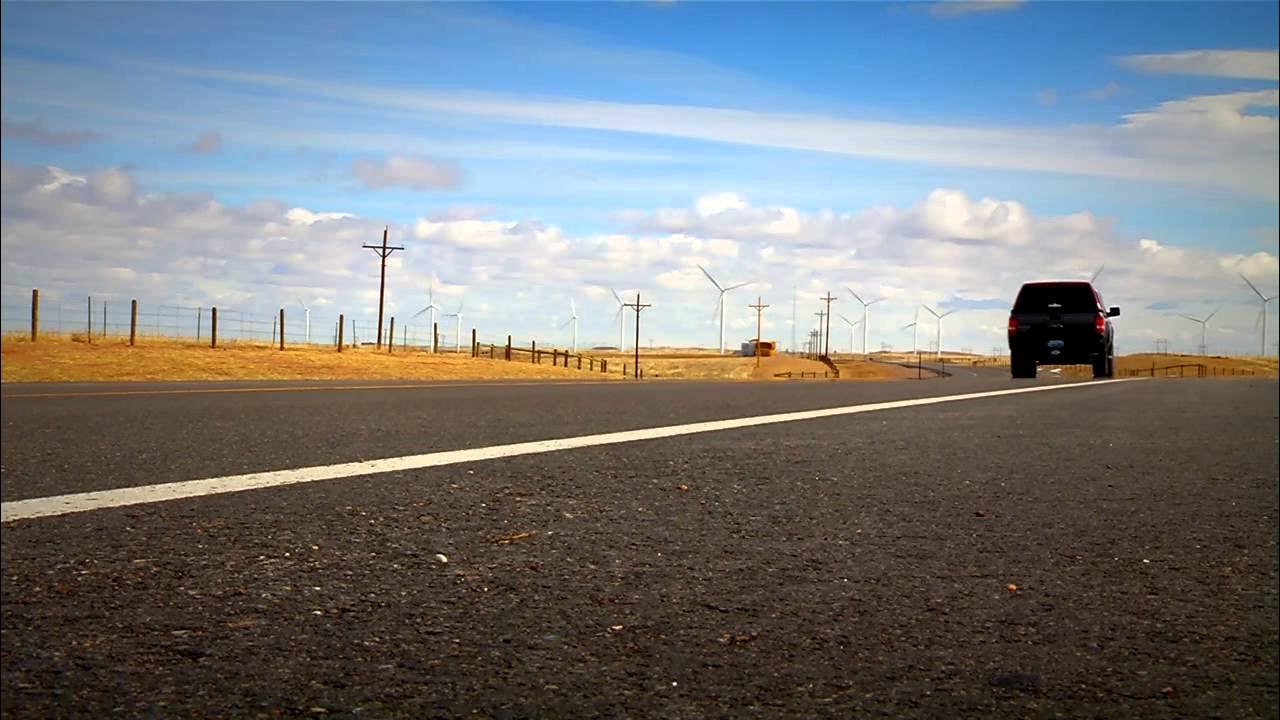El fra vindmøller
Summary
TLDRDenmark is ideal for wind turbines due to its location, where pressure systems bring westerly winds across the land. Wind speeds are higher over water, making offshore and coastal placements optimal. Wind turbines work by aligning with wind direction using a motor and capturing wind energy through spinning blades. These blades turn a horizontal shaft, whose rotation is amplified by gears to generate electricity. The system converts solar energy, in the form of wind, into usable electricity, which is then distributed through cables and power lines to consumers.
Takeaways
- 🌬️ Denmark is ideal for wind turbines because the country experiences many pressure systems that generate consistent westerly winds.
- 🌊 Wind speed is higher over water than over land, making offshore and coastal areas the best places to install wind turbines.
- ⚙️ A wind turbine's nacelle houses a motor that adjusts the blades to face the wind, ensuring optimal energy generation.
- 🌀 Wind flowing over the curved side of the turbine blade moves faster than over the flat side, creating lower pressure and generating lift, which helps rotate the blades.
- 🔗 The turbine blades are connected to a horizontal main shaft that rotates at a typical speed of 15 to 30 revolutions per minute (RPM).
- ⚡ To generate the alternating current (AC) used in homes and devices, the main shaft's RPM is increased to about 1,000 through a gearbox.
- 🧲 The high-speed shaft rotates a rotor with magnets inside a generator, inducing electricity by moving the magnets past coils of wire.
- 🔌 The electricity produced is transmitted to consumers through underground cables and overhead power lines.
- ☀️ Wind is a result of the sun heating the Earth, meaning wind turbines indirectly convert solar energy into electricity.
- 🔋 Wind turbines play a crucial role in transforming natural wind energy into usable electrical power for everyday consumption.
Q & A
Why is Denmark well-suited for wind turbines?
-Denmark is well-suited for wind turbines because it is located in a region where many low-pressure and high-pressure systems send westerly winds over the land, providing high wind speeds necessary for energy generation.
Why is it more optimal to place wind turbines at sea or along the coast?
-It is more optimal to place wind turbines at sea or along the coast because wind moves faster over water than over land, resulting in higher wind speeds, which generate more energy.
How does a wind turbine's wind vane work?
-A small wind vane on top of the turbine detects the wind's direction and sends a signal to a motor, which turns the turbine so that the blades always face the wind.
How is lift generated on the turbine's blades?
-Lift is generated because air molecules move faster over the curved side of the blade than the flat side, creating lower air pressure on the curved side and generating a suction effect that drives the blade forward.
What is the typical rotational speed of a wind turbine's main shaft?
-The typical rotational speed of a wind turbine's main shaft is between 15 to 30 revolutions per minute.
How does the turbine increase the rotational speed for electricity generation?
-Inside the gearbox, the main shaft's revolutions are multiplied using a system of large and small gears, increasing the speed to around 1,000 revolutions per minute on the generator's side.
What role does the generator play in a wind turbine?
-The generator contains a rotor with magnets, which rotates near wire coils. As the magnets spin, they cause electrons in the wires to move, generating electricity.
How is electricity from wind turbines delivered to consumers?
-The electricity is sent through underground cables and power lines on masts, eventually reaching consumers through power outlets.
What is the primary source of wind energy?
-The primary source of wind energy is the sun, as wind is a result of the sun's uneven heating of the Earth's surface.
How does a wind turbine convert solar energy into electricity?
-Wind turbines convert solar energy into electricity by harnessing wind, which is created by the sun's heating of the Earth. The wind turns the turbine's blades, which generates mechanical energy that is then converted into electricity.
Outlines

هذا القسم متوفر فقط للمشتركين. يرجى الترقية للوصول إلى هذه الميزة.
قم بالترقية الآنMindmap

هذا القسم متوفر فقط للمشتركين. يرجى الترقية للوصول إلى هذه الميزة.
قم بالترقية الآنKeywords

هذا القسم متوفر فقط للمشتركين. يرجى الترقية للوصول إلى هذه الميزة.
قم بالترقية الآنHighlights

هذا القسم متوفر فقط للمشتركين. يرجى الترقية للوصول إلى هذه الميزة.
قم بالترقية الآنTranscripts

هذا القسم متوفر فقط للمشتركين. يرجى الترقية للوصول إلى هذه الميزة.
قم بالترقية الآن5.0 / 5 (0 votes)






